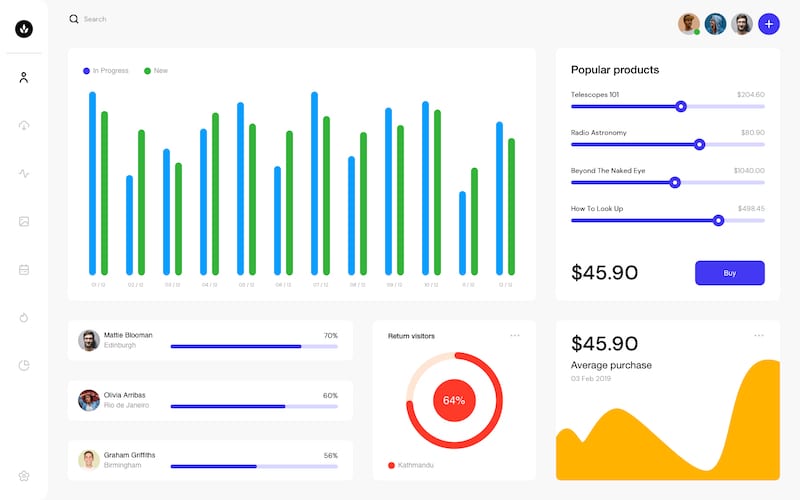Efficient procurement is the backbone of any successful business, and at the heart of it lies Purchase Order Management. From reducing procurement errors to improving supplier relationships, effective management of purchase orders (POs) ensures smoother operations and better financial control. Let’s explore what Purchase Order Management is, why it matters, and how businesses can optimize their processes.
Definition of Purchase Order Management
Purchase Order Management refers to the process of creating, tracking, and managing purchase orders to ensure timely procurement of goods and services. It involves multiple steps, from request approval to supplier fulfillment, ensuring accuracy and compliance throughout the supply chain.
A well-structured Purchase Order Management system helps businesses maintain transparency, control spending, and improve operational efficiency.
Key Steps in Purchase Order Management
To fully grasp the importance of Purchase Order Management, it is essential to understand its core steps:
1. Purchase Requisition
The process begins when an employee or department identifies a need for goods or services. A purchase requisition is created and submitted for internal approval.
2. Purchase Order Creation
Once the requisition is approved, a formal purchase order is generated, including details such as quantity, price, and supplier information.
3. Purchase Order Approval
Before being sent to the supplier, the PO undergoes an approval process to ensure budget compliance and alignment with business needs.
4. Order Dispatch to Supplier
After approval, the PO is sent to the supplier, who then confirms receipt and begins order fulfillment.
5. Order Receipt and Inspection
Once the goods or services arrive, they are checked against the PO to ensure they match the agreed specifications and quantities.
6. Invoice Matching and Payment
The supplier’s invoice is compared with the PO and delivery receipt before processing the payment, ensuring accuracy and avoiding discrepancies.
Why Purchase Order Management is Important
Implementing an effective Purchase Order Management system brings several benefits:
Cost Control
With proper tracking and approval workflows, businesses can control spending and prevent unauthorized purchases.
Improved Supplier Relationships
Clear communication and structured POs help build trust with suppliers, leading to better pricing and reliable deliveries.
Enhanced Financial Accuracy
By matching purchase orders with invoices, companies can minimize errors and ensure proper budget allocation.
Operational Efficiency
Automated Purchase Order Management reduces manual work, speeds up procurement cycles, and enhances overall productivity.
Best Practices for Optimizing Purchase Order Management
Implement a Digital PO System
Using a cloud-based purchase order management software like Oktio streamlines the entire process, reducing paperwork and increasing efficiency.
Define Clear Approval Workflows
Establishing structured approval hierarchies prevents delays and ensures compliance with company policies.
Regularly Review Supplier Performance
Assessing supplier reliability and responsiveness helps businesses maintain high standards and avoid procurement risks.
Integrate with ERP Systems
Connecting PO management with Enterprise Resource Planning (ERP) systems enhances visibility and control over financial transactions.
Conclusion
Effective Purchase Order Management is essential for any organization looking to streamline procurement, control costs, and improve supplier relationships. By leveraging technology and best practices, businesses can transform their purchasing operations into a strategic advantage.
Investing in a robust Purchase Order Management system ensures compliance, transparency, and efficiency, ultimately contributing to the organization’s long-term success.


Leave a Reply